In 1906, the prominent psychologist James McKeen Cattell published the first American Men of Science: A Biographical Directory. The 364-page publication strove to be “a fairly complete survey of the scientific activity of a country at a given period” by listing more than 4,000 men who’d contributed to “natural and exact sciences.” But the names listed in his directory aren’t all men. There are a handful of women in the book, and among them is Alice Hamilton. Today is the 150th anniversary of her birth.
Hamilton is included because of her work with “pathology and embryology of the nervous system; development of elastic tissue; tumors; tuberculous ulcers of stomach” and other specific medical research, but that only tells part of her story. As a researcher, activist, and humanitarian, Hamilton championed safer conditions in industrial workplaces and became the most important American advocate of what is known as occupational medicine.
Hamilton earned her medical degree from the University of Michigan in 1893 and furthered her studies in Minneapolis, Boston, Munich, and, finally, Johns Hopkins Medical School in Baltimore. In 1897, she began teaching pathology at Northwestern University’s Women’s Medical School in Chicago.
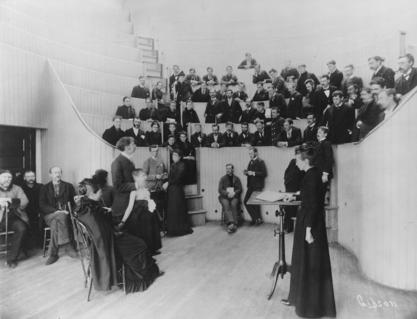
While in Chicago, Hamilton took residence at the famous Hull House, Jane Addams’ settlement house that welcomed immigrants, particularly women and children. She joined Addams as well as other social reformers like Florence Kelley, Julia Lathrop, and Alzina Stevens. Hamilton ran the house’s “well-baby clinic,” but she noted in her autobiography that conversations and camaraderie with the other women of the house shaped her work for the rest of her life. The women of Hull House were influential in promoting a minimum wage, fighting against child labor, and demanding social welfare at the turn of the century. Another important characteristic of Hamilton’s time at the house was her proximity to the working class of Chicago, where she began to help people beyond the confines of her distinguished medical training. She wrote of the changes she underwent during her 22-year stint at the Hull House:
“Life in a settlement does several things to you. Among others, it teaches you that education and culture have little to do with real wisdom, the wisdom that comes from life experience. You can never, thereafter, hear people speak of the ‘masses,’ the ‘ignorant voters,’ without feeling that if it were put up to you whether you would trust the fate of the country to ‘the classes’ or to ‘the masses,’ you would decide for the latter.”
Around 1910, Hamilton began to research the possibility of “industrial disease” in the U.S. While worksite accidents received some attention, she believed the dangers of various chemicals used in American plants and factories were going seriously underreported. Hamilton saw that European medical journals were brimming with research about industrial poisoning, while the U.S. had nothing to say about chemical dangers for workers.
From 1911-1920, Hamilton worked as a special investigator for the Bureau of Labor Statistics. She traveled from factory to factory, interviewing owners and managers in a sweeping, but informal, survey. Although she had little authority to assert herself, Hamilton credited American manufacturers for their openness in giving her tours. It wasn’t sufficient, however. She decided that, to get a more complete picture of the problems caused by white lead and lead oxide, she needed to go straight to the workers. Hamilton tracked down hospital records, interviewed workers who could scarcely speak English, and connected the dots of their health problems to lay the groundwork for sweeping reforms.
She went on to conduct similar studies for various arms of the government around the country, proving the risks involved with carbon monoxide, phosphorus, benzene, and many other chemicals used in myriad industries. Although she thought highly of many individual American industrialists, Hamilton maintained a deep distrust of the businessmen’s ability to self-regulate: “Perhaps it is our instinctive American lawlessness that prompts us to oppose all legal control, even when we are willing to do of our own accord what the law requires. But I believe it is more the survival in American industry of the feudalistic spirit, for democracy has never yet really penetrated into many of our greatest industries.”
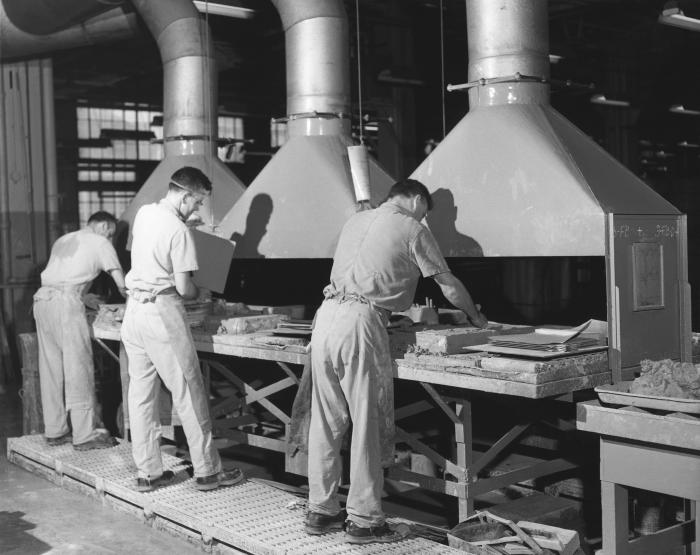
In 1919, Hamilton was appointed as the first female professor at Harvard University, causing headlines around the country. She admitted that her breakthrough was long overdue, but, throughout her career, Hamilton expressed a belief that her gender helped her cause instead of hindering it. In speaking with factory managers and doctors, she said it likely seemed sensible that a woman would care for the welfare of workers: “It seemed natural and right that a woman should put the care of the producing workman ahead of the value of the thing he was producing; in a man it would have been sentimentality or radicalism.”
As a scientist, social welfare advocate, and pacifist, Hamilton remained active for the rest of her life. She lived to be 101 years old. Three months after her death, in 1970, the Occupational Safety and Health Act was passed in the U.S. The next year, the journal American Men of Science was changed to American Men and Women of Science.
Sources:
https://www.sciencehistory.org/historical-profile/alice-hamilton
Exploring the Dangerous Trades: The Autobiography of Alice Hamilton, M.D. by Alice Hamilton, 1942
Image Credit: Library of Congress
Become a Saturday Evening Post member and enjoy unlimited access. Subscribe now
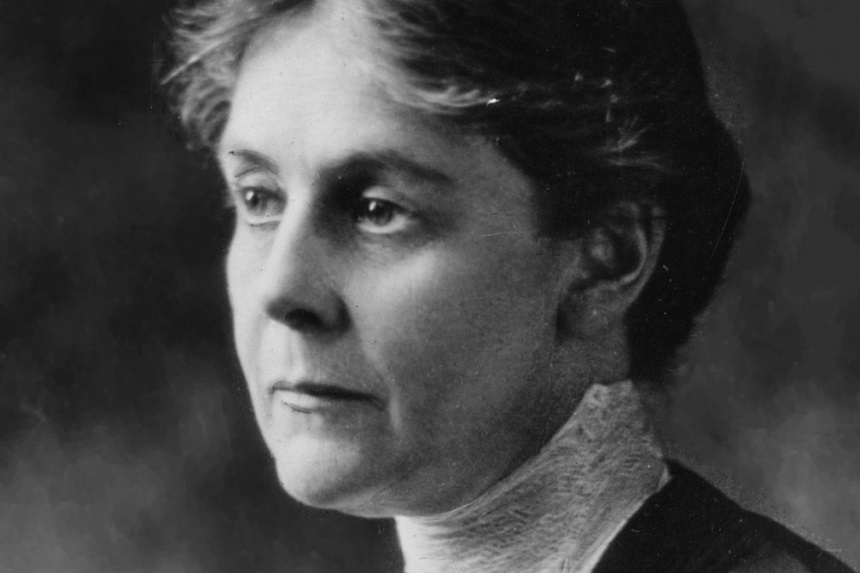

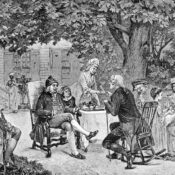
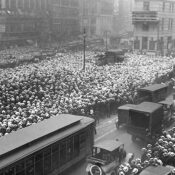
Comments
There’s no better way to honor this remarkable, pioneering American woman on her 150th birthday than a wonderfully written tribute to her life’s works and accomplishments for the common good on The Saturday Evening Post’s website, right here!
Women and men today, whether or not they realize it, have much to thank Ms. Hamilton for in making the workplace and environment as safe as it is. If she were alive today hopefully she’d be pleased with the dramatic differences OSHA has made in the American workplace over nearly 50 years, but would want further improvements. She would have her goals set on the present and future, focusing on the many areas that still need attention.